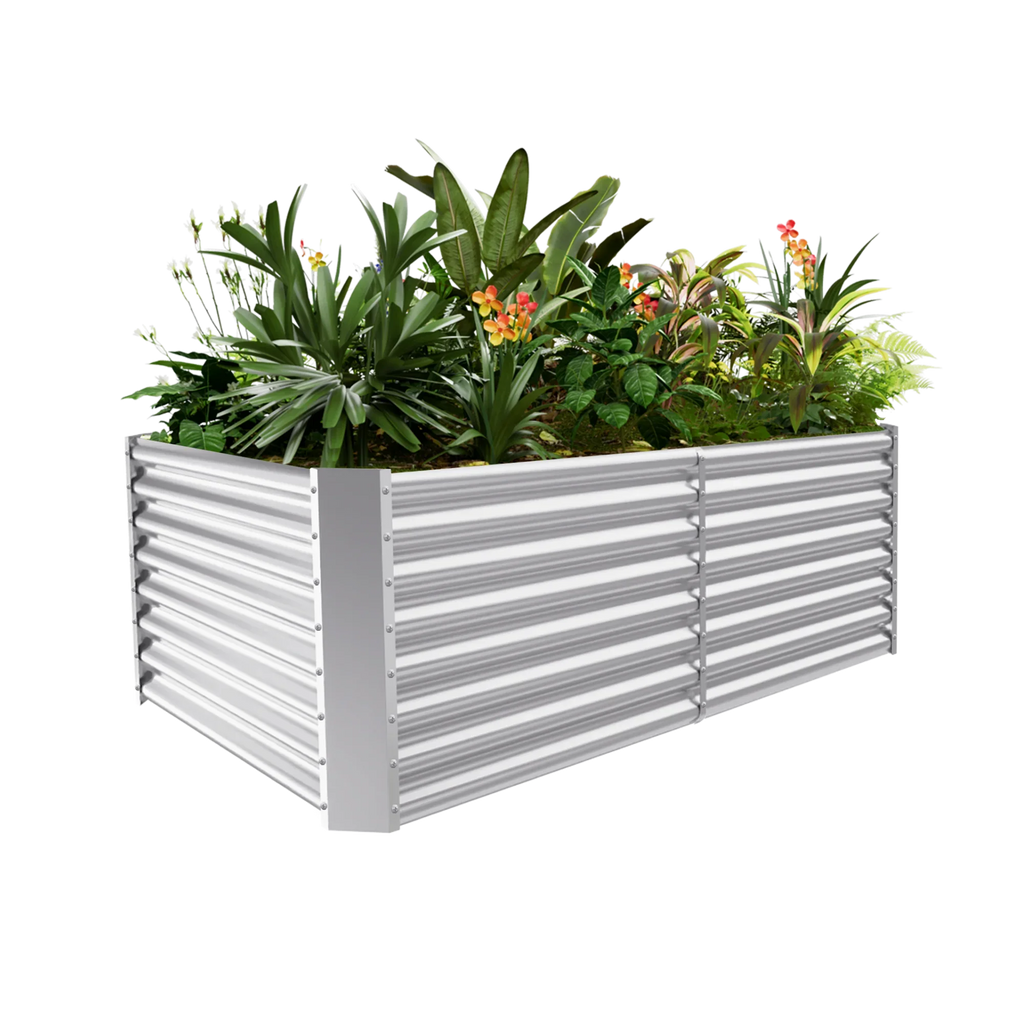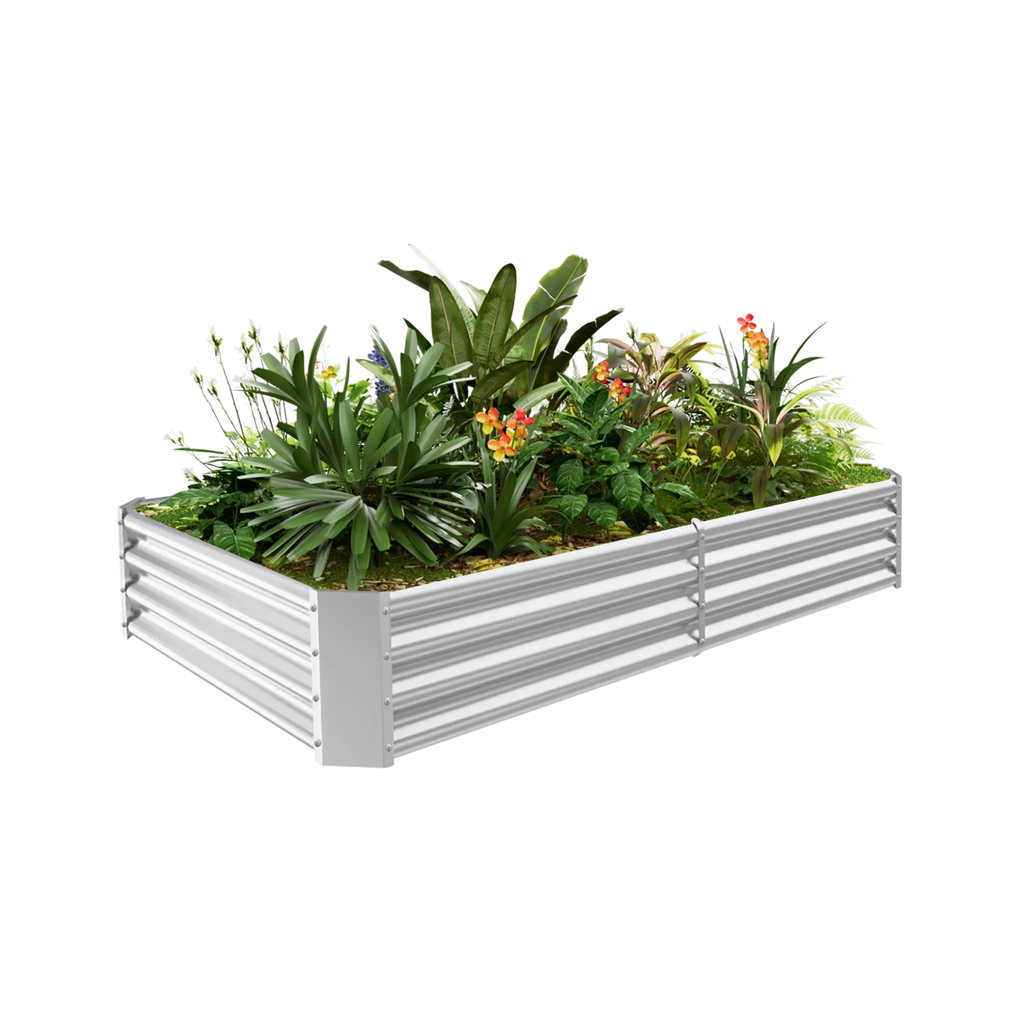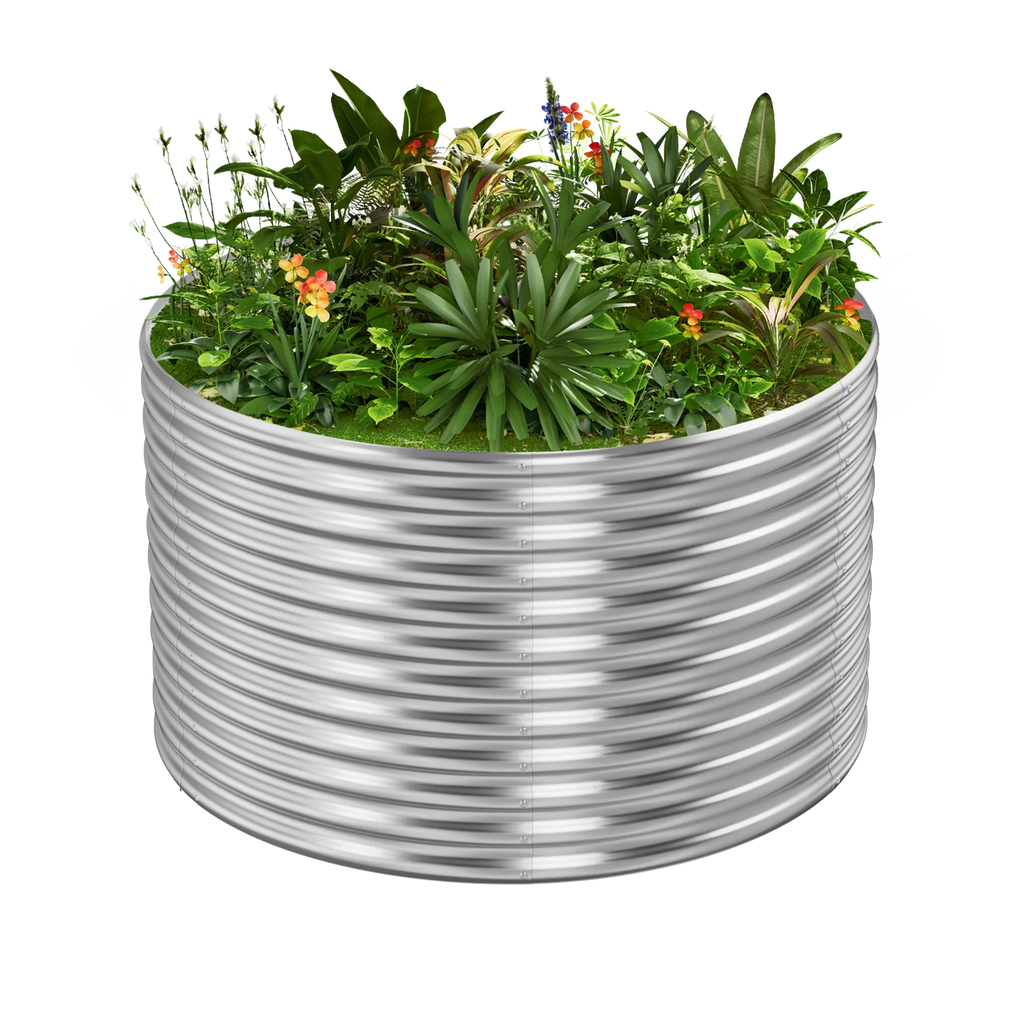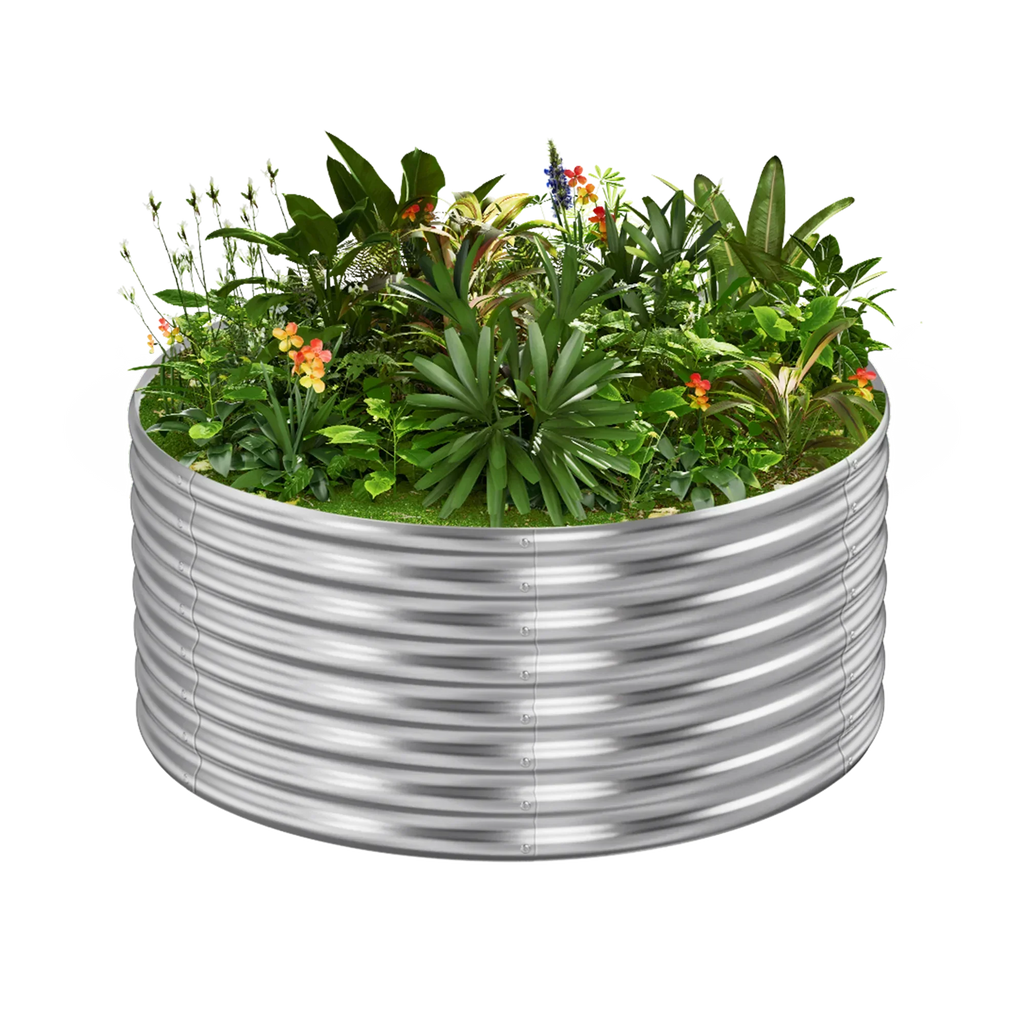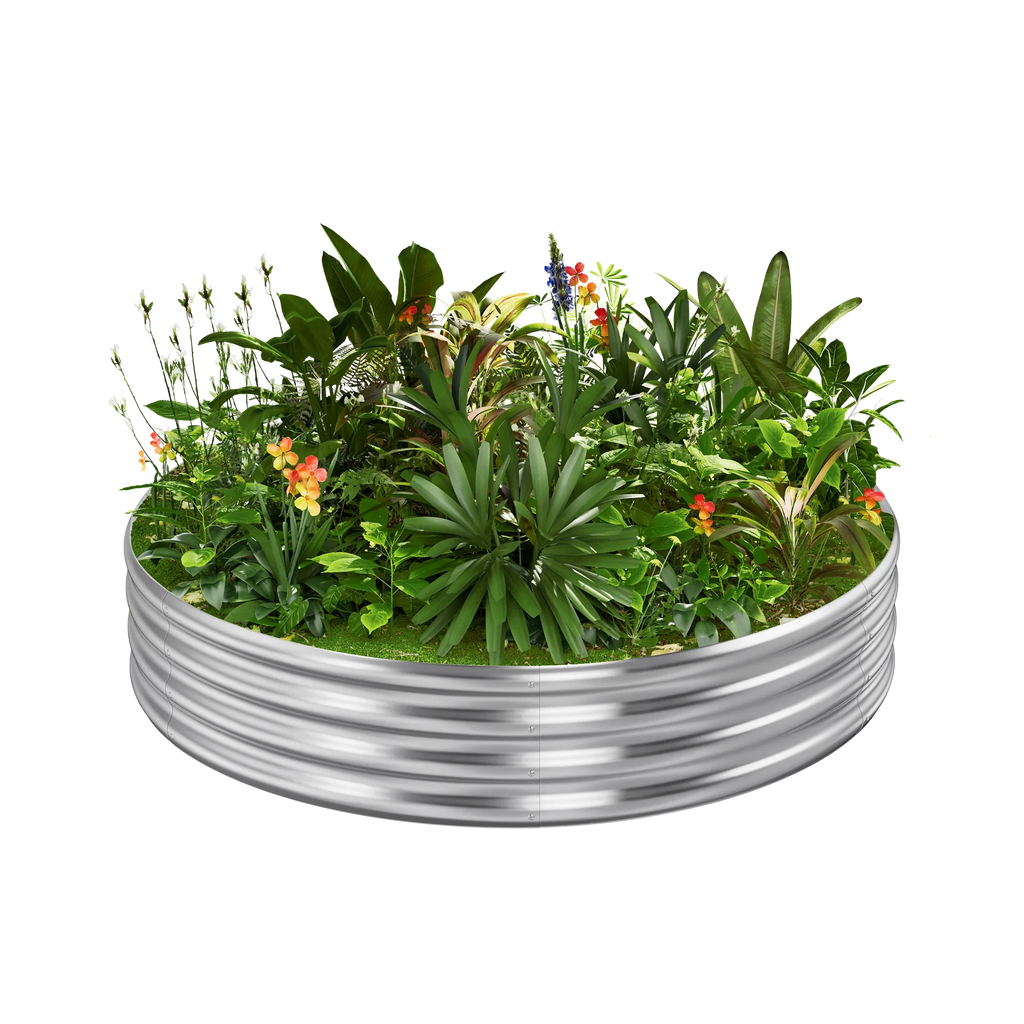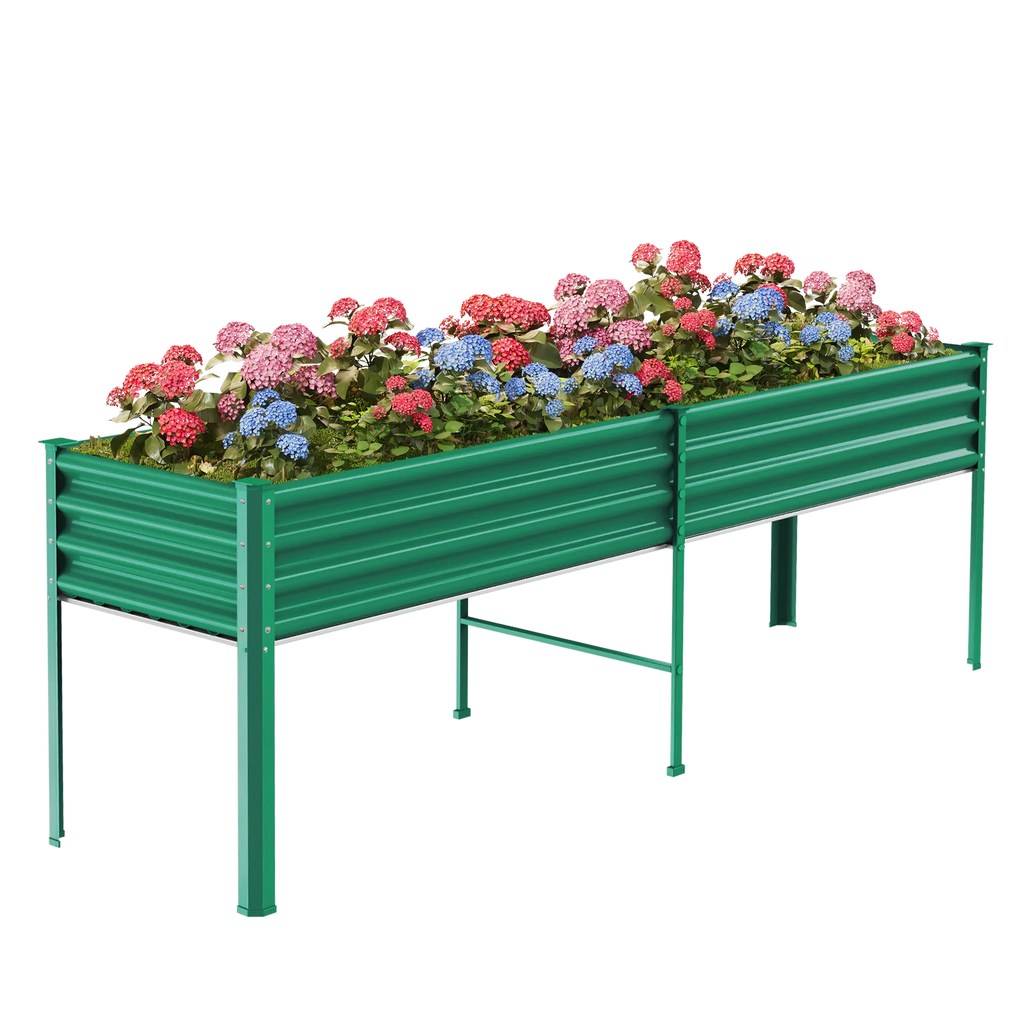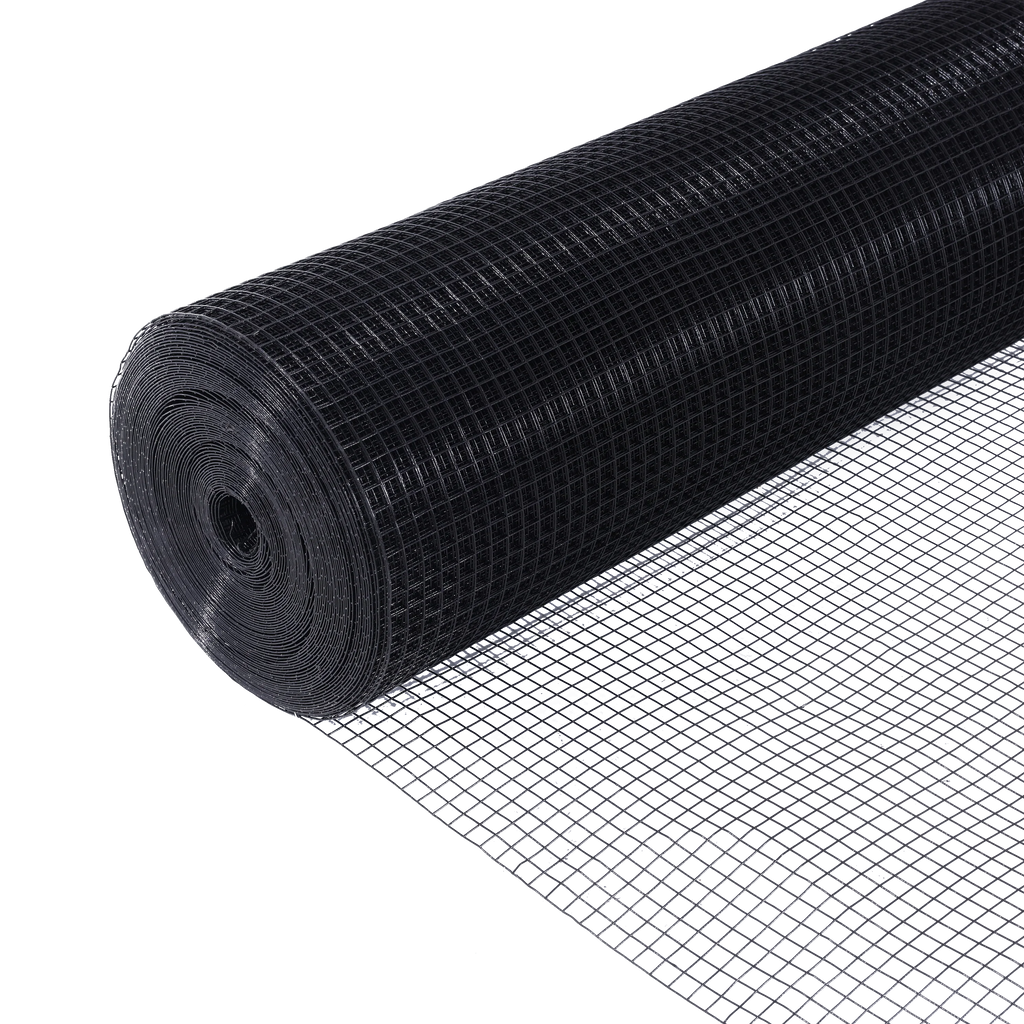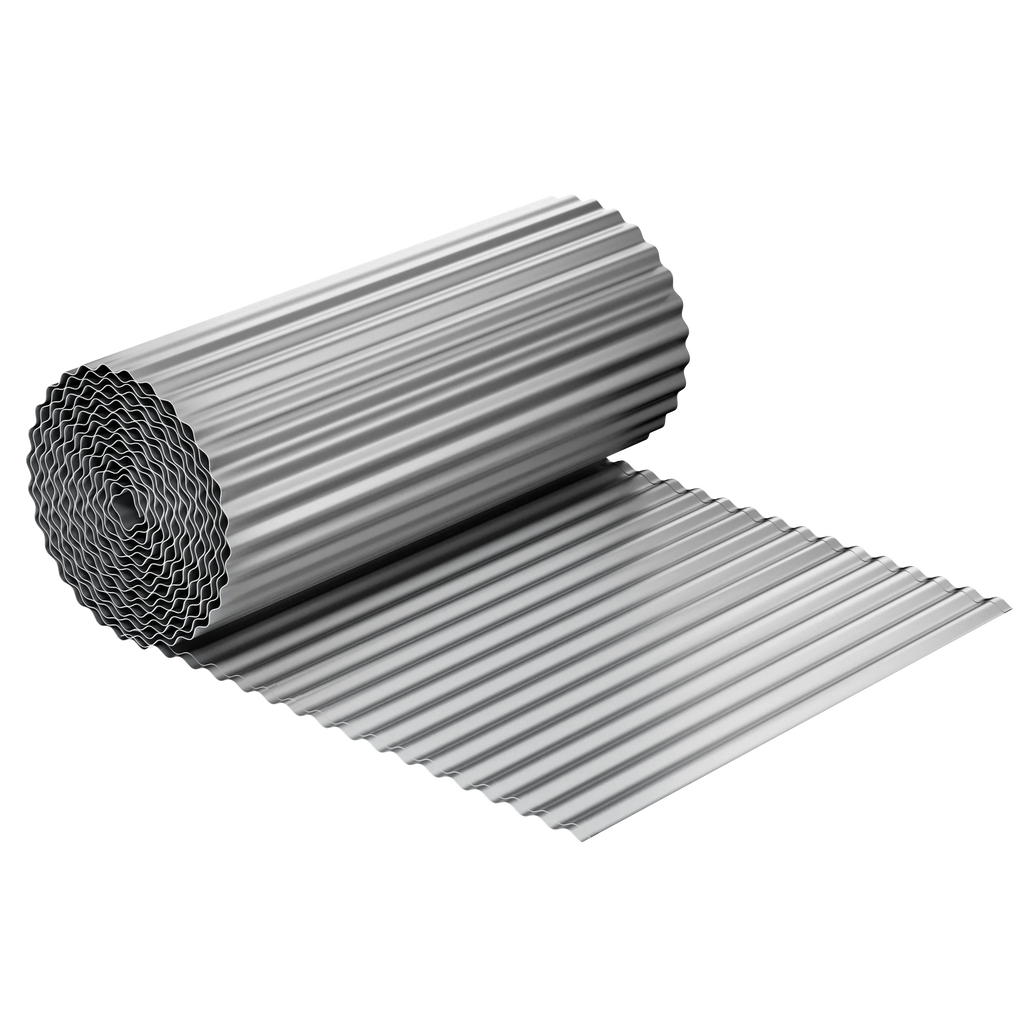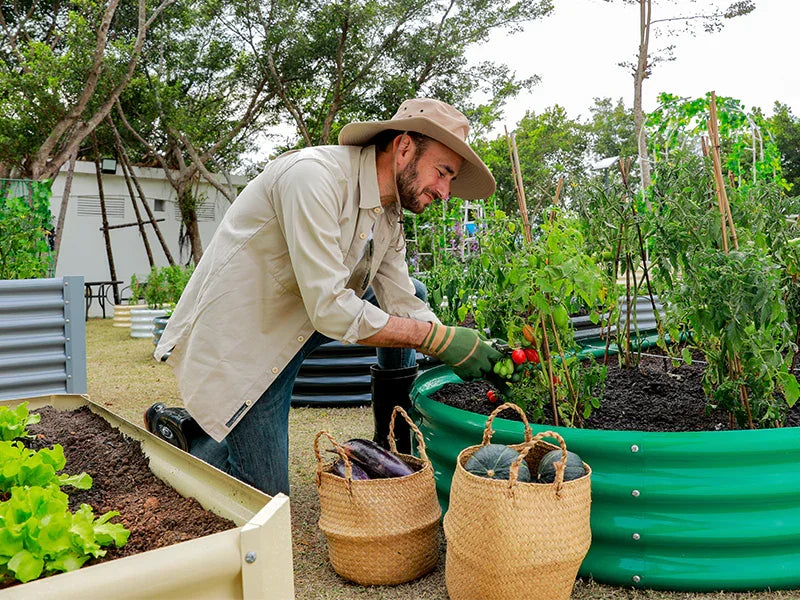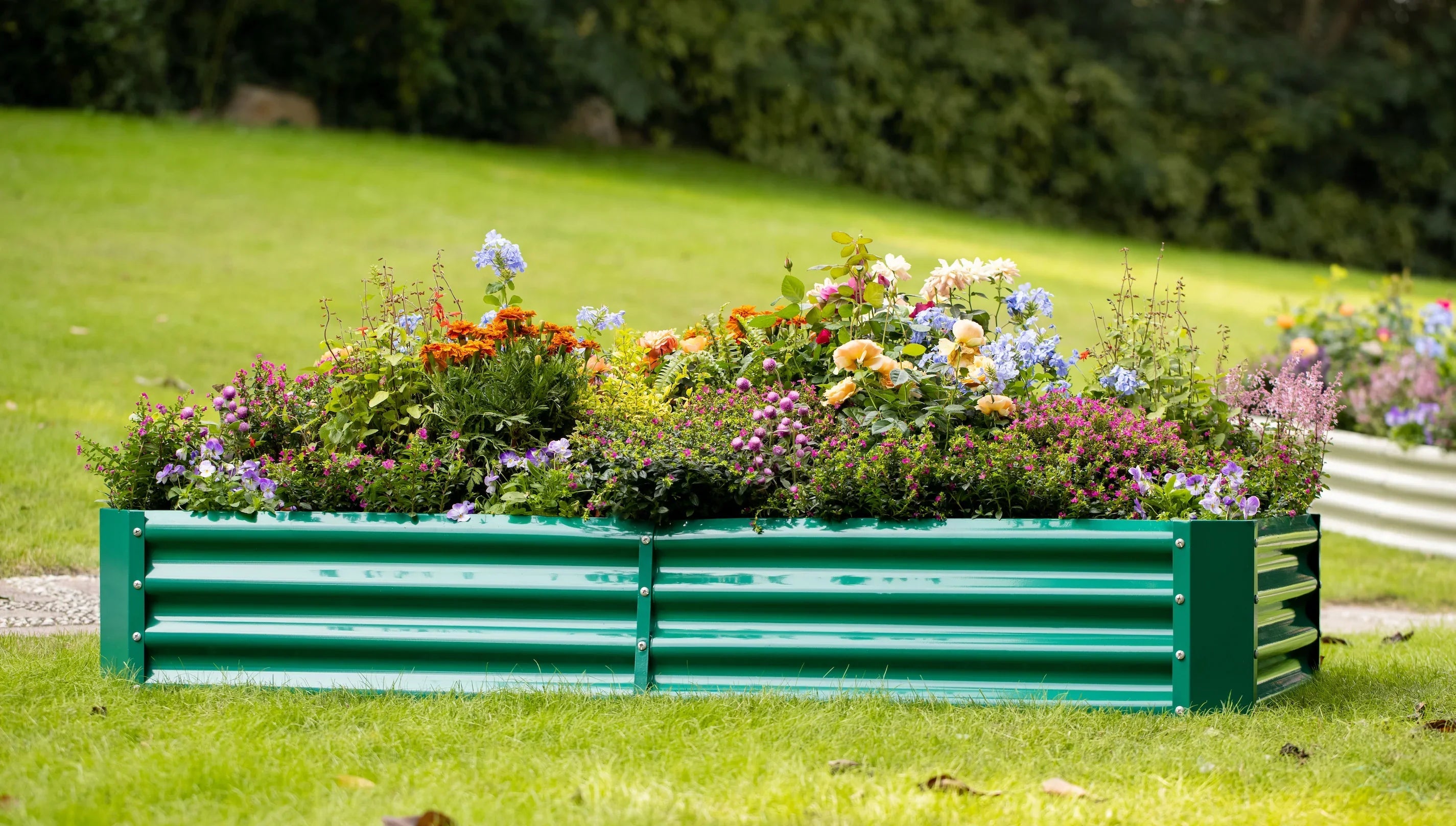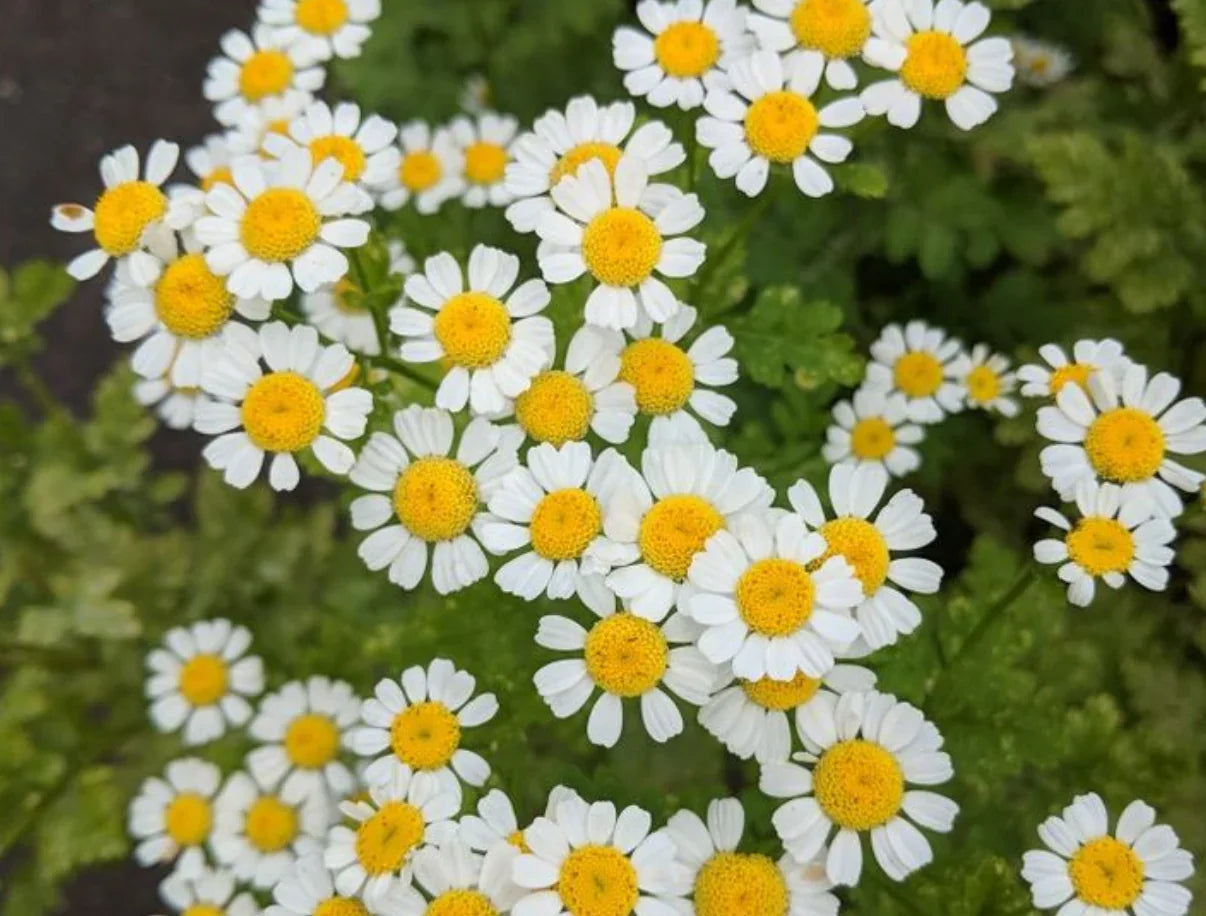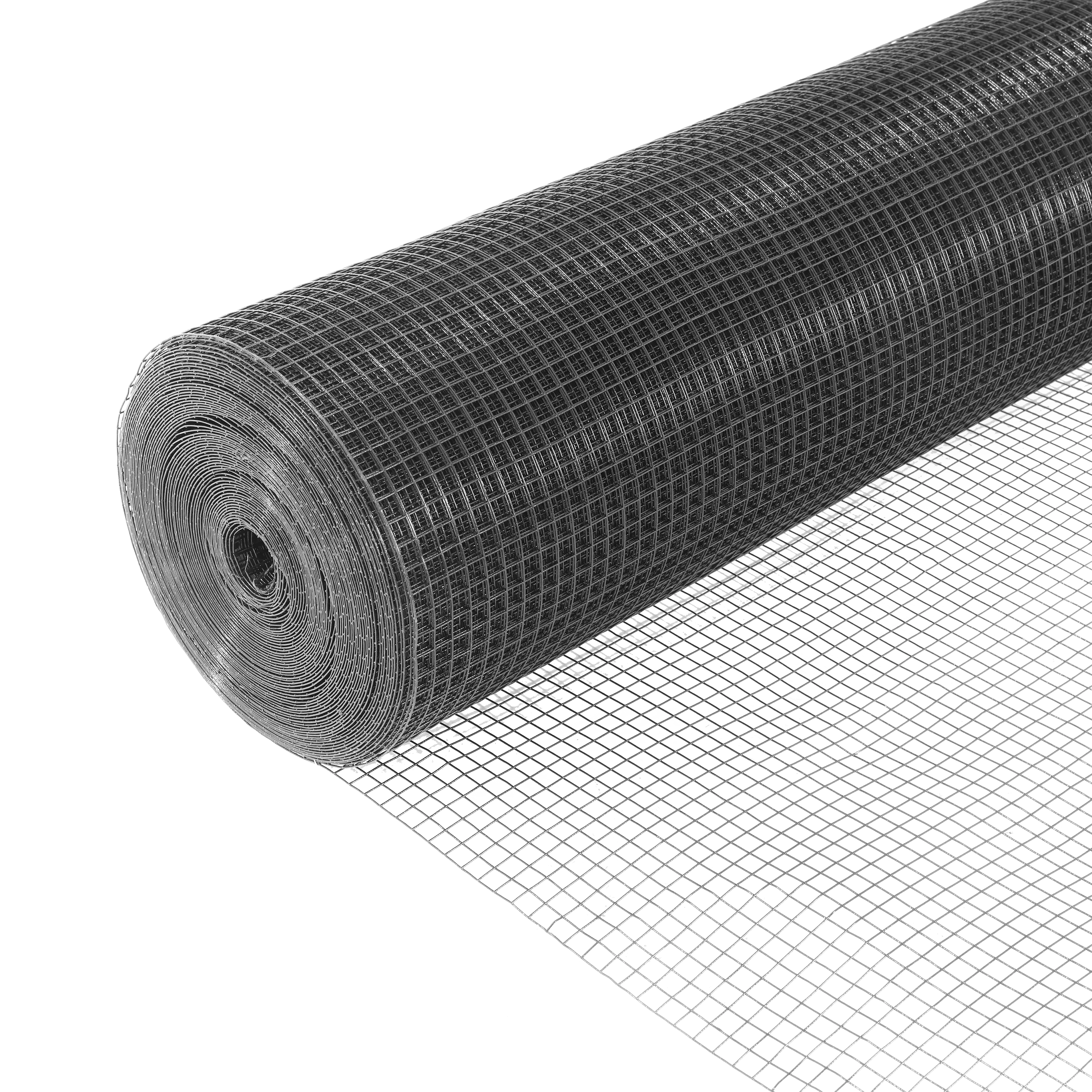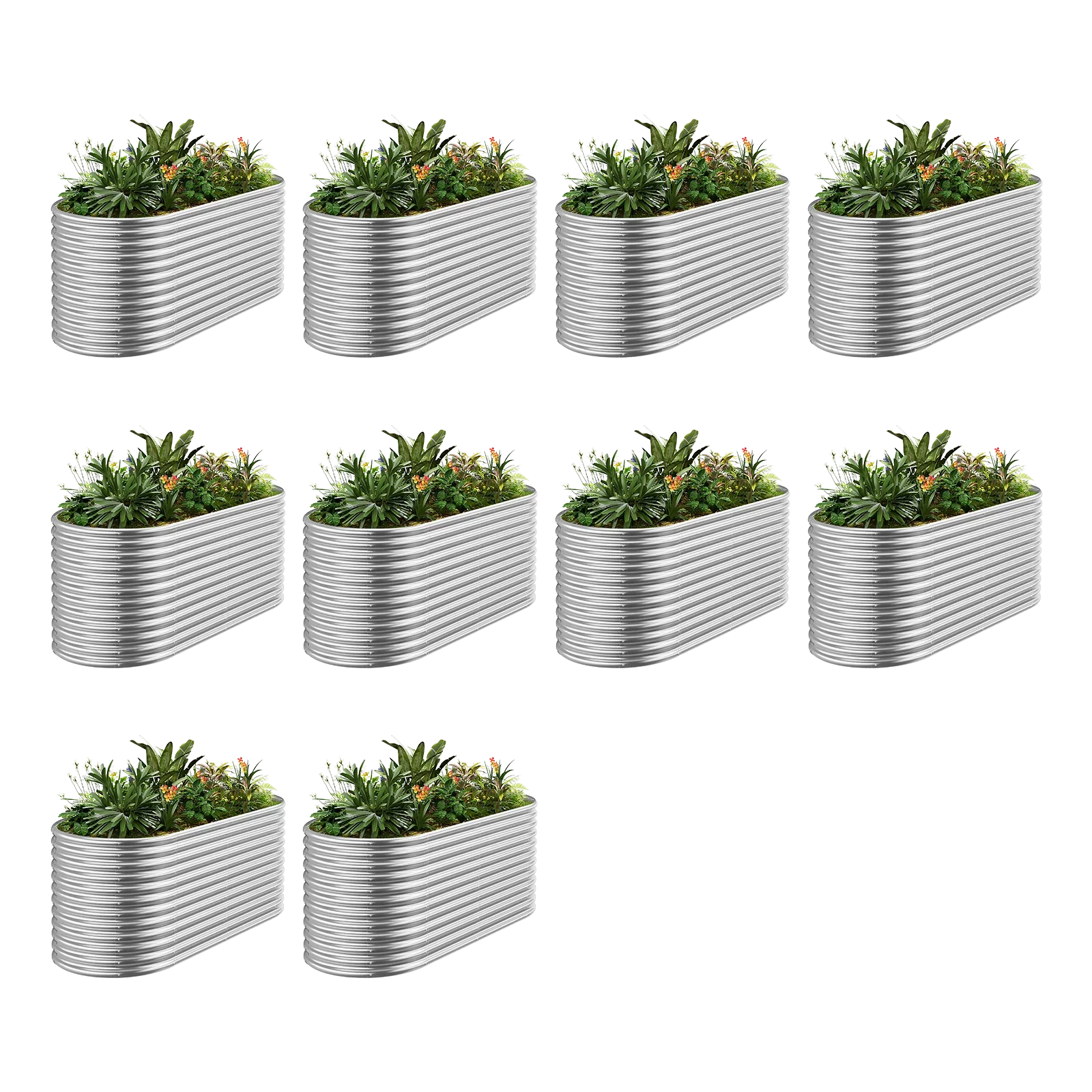A thriving vegetable garden is a source of joy, fresh produce, and a connection to nature. However, it can also become an unwelcome buffet for a variety of garden pests. While a few insects are beneficial, an unchecked pest infestation can quickly decimate your crops, turning your gardening efforts into frustration.
Understanding who your garden invaders are and how to manage them effectively is crucial for maintaining a healthy and productive garden bed. This guide will help you identify common garden pests and provide practical, eco-friendly control methods to protect your precious plants.
Why Pest Management is Essential for Your Garden Bed
Effective pest management isn't just about killing bugs; it's about creating a balanced ecosystem where your plants can flourish. Ignoring pests can lead to:
· Crop Damage: Chewed leaves, stunted growth, discolored fruits, and even plant death.
· Reduced Yields: Fewer and smaller harvests, directly impacting your fresh food supply.
· Disease Transmission: Many pests act as vectors, spreading plant diseases from one plant to another.
· Unnecessary Chemical Use: Without proper identification, gardeners often resort to broad-spectrum pesticides, harming beneficial insects and the environment.
Key Principles of Integrated Pest Management (IPM)
Before reaching for chemical sprays, adopt an Integrated Pest Management (IPM) approach. IPM focuses on long-term prevention of pests and their damage with minimal impact on human health, the environment, and non-target organisms.
1. Prevention: The first line of defense. Healthy plants are more resilient to pests.
2. Monitoring: Regularly inspect your plants for early signs of pest activity.
3. Identification: Know your enemy! Correctly identify the pest to choose the right control method.
4. Least Toxic Solutions First: Start with cultural, mechanical, and biological controls before considering organic or synthetic pesticides.
Common Garden Bed Pests and Their Control Methods
Let's dive into some of the most frequent culprits you might encounter in your vegetable garden beds:
1. Aphids (Aphidoidea)
· Identification: Small, soft-bodied insects (often green, black, white, or brown) clustered on new growth, leaf undersides, and stems. They suck sap, causing distorted leaves and stunted growth, and excrete sticky honeydew.
· Damage: Yellowing, curling leaves, sticky residue (honeydew), sooty mold.
· Control Methods:
o Blast with Water: A strong spray of water can dislodge them. Repeat regularly.
o Neem Oil/Insecticidal Soap: Apply according to product instructions.
o Beneficial Insects: Encourage ladybugs, lacewings, and hoverflies, which are natural predators.
o Companion Planting: Plant nasturtiums or marigolds as trap crops.
2. Slugs and Snails (Gastropoda)
· Identification: Slimy trails on leaves and soil, irregular holes in leaves, especially on seedlings and tender plants. You'll often find them at night or after rain.
· Damage: Large, irregular holes in leaves, especially noticeable on leafy greens.
· Control Methods:
o Hand-Picking: Collect them at dusk or dawn and dispose of them.
o Beer Traps: Shallow dishes filled with beer attract and drown them.
o Diatomaceous Earth: Sprinkle a barrier around plants; its sharp edges dehydrate them.
o Copper Tape: Creates a small electrical charge they avoid.
o Reduced Mulch: Avoid thick mulch directly around plant bases, which provides hiding spots.
3. Cabbage Worms (Pieris rapae larvae)
· Identification: Velvety green caterpillars with faint yellow stripes. They chew large, ragged holes in the leaves of brassica family plants (cabbage, broccoli, kale).
· Damage: Large holes in leaves, often leaving behind dark green droppings.
· Control Methods:
o Hand-Picking: Inspect plants regularly and remove caterpillars.
o Row Covers: Use fine mesh floating row covers to prevent adult butterflies from laying eggs.
o Bacillus Thuringiensis (Bt): An organic bacterium specific to caterpillars. Apply when caterpillars are small.
4. Spider Mites (Tetranychus urticae)
· Identification: Tiny, spider-like pests (often reddish or yellowish) that create fine webbing on plant undersides. They thrive in hot, dry conditions.
· Damage: Stippling (tiny dots) on leaves, yellowing, distorted growth, and eventual leaf drop.
· Control Methods:
o Strong Water Spray: Rinse plants thoroughly, especially undersides of leaves.
o Increase Humidity: Mites dislike high humidity; misting plants can help.
o Insecticidal Soap/Neem Oil: Apply regularly until infestation is gone.
o Predatory Mites: Introduce beneficial mites.
5. Tomato Hornworms (Manduca quinquemaculata)
· Identification: Large, bright green caterpillars with white V-shaped markings and a distinctive "horn" at their rear. They can rapidly defoliate tomato, pepper, and eggplant plants.
· Damage: Severely defoliated plants, large chewed areas on leaves and fruits, and large black droppings.
· Control Methods:
o Hand-Picking: They are large and relatively easy to spot. Drop them into soapy water.
o Bacillus Thuringiensis (Bt): Effective against young hornworms.
o Parasitic Wasps (Braconid wasps): Look for hornworms covered in white rice-like cocoons; these wasps will kill the hornworm and emerge to parasitize more.
Maintaining a Pest-Resistant Garden Bed
Beyond specific control methods, adopting good gardening practices will significantly reduce pest issues:
· Healthy Soil: Rich, well-draining soil supports strong, resilient plants.
· Proper Watering: Avoid over or under-watering, which can stress plants.
· Crop Rotation: Disrupts pest life cycles by moving host plants.
· Weed Control: Weeds can harbor pests and compete with your vegetables.
· Attract Beneficial Insects: Plant flowers that provide nectar and pollen for predators and parasites (e.g., dill, fennel, yarrow, cosmos, marigolds).
· Regular Inspections: Early detection is key! Check your plants often.
· Sanitation: Remove diseased or heavily infested plant material promptly.
By integrating these identification and control methods into your gardening routine, you can effectively protect your vegetable garden beds from common pests, ensuring healthy growth and abundant, year-round harvests. Happy gardening!










